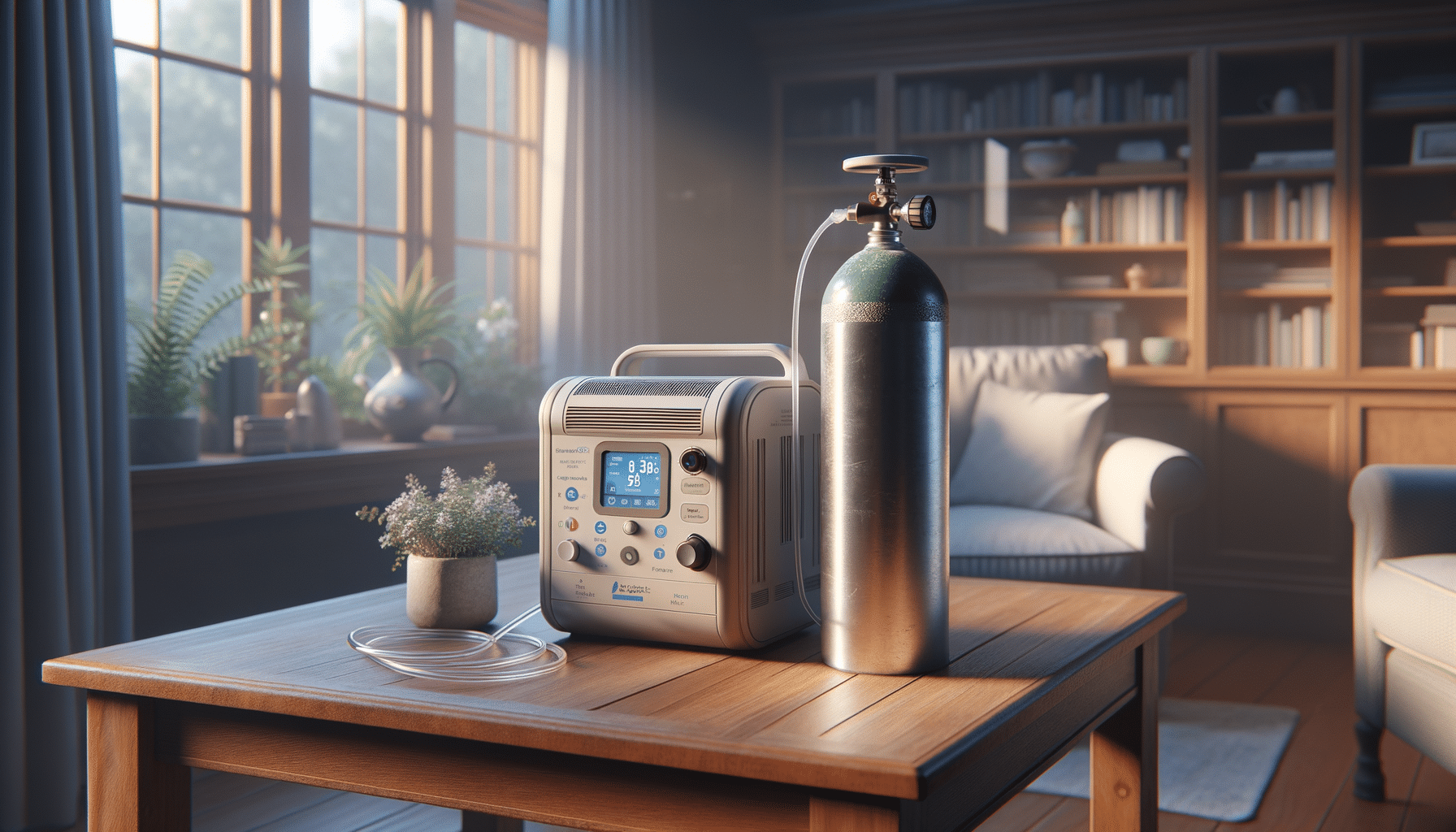
Oxygen Therapy Equipment: Understanding Essential Home Devices
Introduction to Oxygen Therapy Equipment
Oxygen therapy is a crucial medical intervention for individuals with respiratory issues. It involves the administration of oxygen at concentrations higher than those found in ambient air. This therapy is essential for patients with conditions such as chronic obstructive pulmonary disease (COPD), pneumonia, asthma, and other respiratory ailments. The equipment used in oxygen therapy is designed to ensure patients receive a consistent and safe airflow, which can significantly improve their quality of life.
Understanding the various types of oxygen therapy equipment available for home use is vital. This knowledge not only empowers patients and caregivers to choose the right tools but also ensures the therapy is administered effectively. In this article, we will explore the commonly used oxygen therapy devices, their features, and the importance of professional guidance in selecting the appropriate equipment.
Oxygen Concentrators: The Heart of Home Oxygen Therapy
Oxygen concentrators are among the most commonly used devices for home oxygen therapy. They work by extracting oxygen from the surrounding air, filtering it, and delivering it to the patient at a higher concentration. This process is continuous, ensuring a steady supply of oxygen without the need for refilling, unlike oxygen tanks.
One of the notable features of oxygen concentrators is their portability. Advances in technology have led to the development of portable oxygen concentrators, which are compact and easy to carry. This mobility allows patients to maintain their lifestyle without being confined to their homes. However, it’s important to note that portable concentrators may not be suitable for all patients, especially those requiring high-flow oxygen.
When selecting an oxygen concentrator, consider factors such as the flow rate, battery life, noise level, and the device’s weight. Consulting with a healthcare professional can provide guidance tailored to the patient’s specific needs, ensuring the therapy is both effective and convenient.
Oxygen Cylinders: Traditional Yet Reliable
Oxygen cylinders, also known as tanks, are traditional devices that store oxygen in a compressed form. They are available in various sizes and can be used as a primary or backup oxygen source. Unlike concentrators, oxygen cylinders do not require electricity, making them a reliable option during power outages.
However, oxygen cylinders have limitations. They require regular refilling, which can be inconvenient for users. Moreover, because they are heavier and bulkier than portable concentrators, they may restrict mobility. Despite these drawbacks, oxygen cylinders remain a viable option for many, especially when used in conjunction with other devices.
Safety is paramount when using oxygen cylinders. Proper storage and handling are crucial to prevent accidents. Users should be trained on how to operate the cylinder safely and should regularly check for any signs of leaks. Professional guidance is essential to ensure the safe and effective use of oxygen cylinders.
Oxygen Masks and Nasal Cannulas: Delivering Oxygen with Comfort
Oxygen masks and nasal cannulas are devices used to deliver oxygen from the concentrator or cylinder to the patient. They vary in design and function, catering to different patient needs and preferences.
Nasal cannulas are lightweight and consist of two small prongs that fit into the nostrils. They are ideal for patients who require low-flow oxygen and prefer a less obtrusive option. On the other hand, oxygen masks cover the nose and mouth, providing a higher concentration of oxygen. They are suitable for patients who need higher oxygen flow rates.
When choosing between an oxygen mask and a nasal cannula, consider the patient’s comfort and the required oxygen flow rate. It’s also important to regularly clean and replace these devices to maintain hygiene and prevent infections. Healthcare professionals can provide invaluable advice in selecting the appropriate delivery method based on individual needs.
The Importance of Professional Guidance in Oxygen Therapy
Oxygen therapy is a medical treatment that requires careful consideration and professional oversight. Selecting the right equipment and using it correctly is crucial for the therapy’s efficacy. Healthcare providers play a vital role in guiding patients and caregivers through the selection process, ensuring that the chosen equipment meets the patient’s specific medical needs.
Regular follow-ups with healthcare professionals can help monitor the patient’s progress and make necessary adjustments to the therapy. This ongoing support ensures that the therapy remains effective and that any potential issues are addressed promptly.
In conclusion, understanding the different types of oxygen therapy equipment and their features can significantly impact a patient’s quality of life. By ensuring the right tools are used and with the guidance of healthcare professionals, oxygen therapy can be a safe and effective treatment for those in need.


